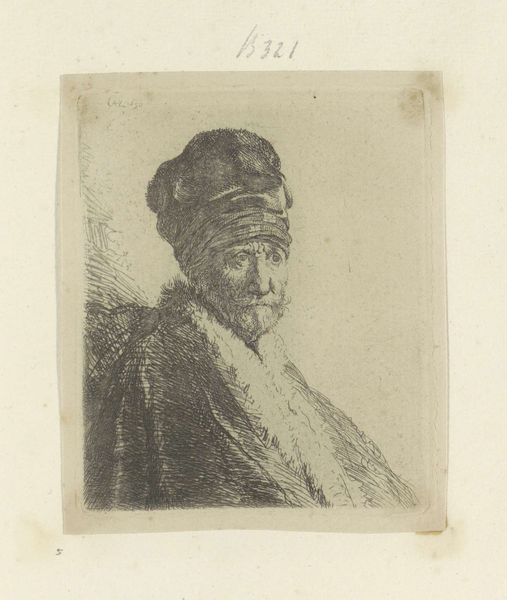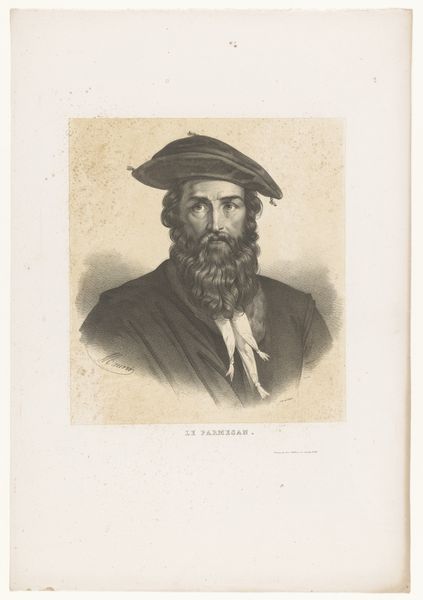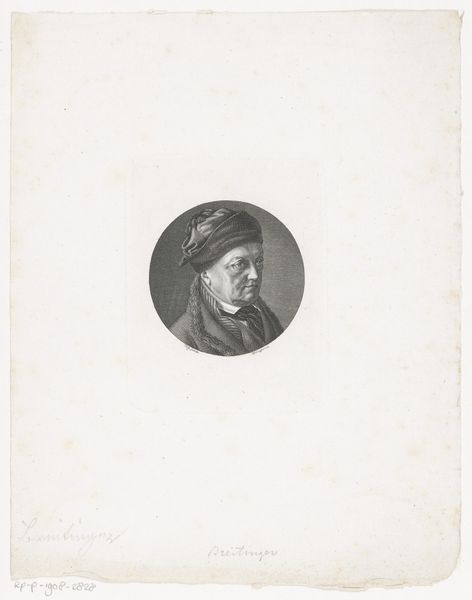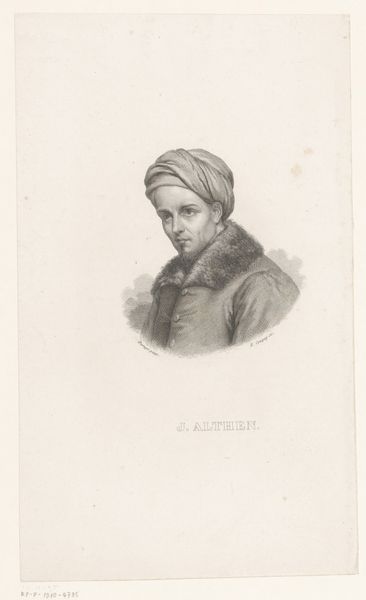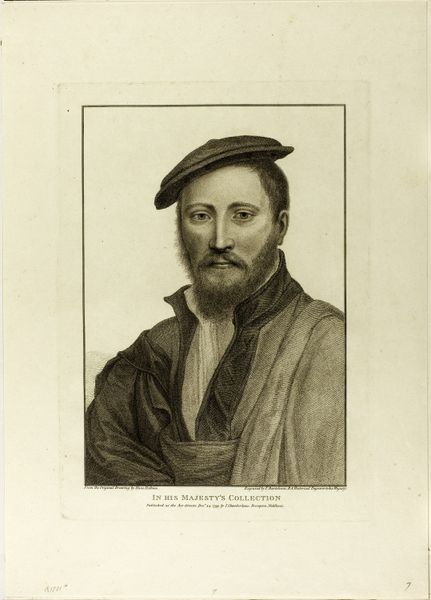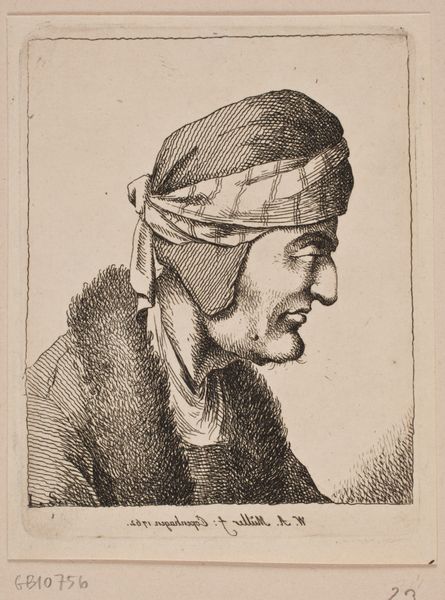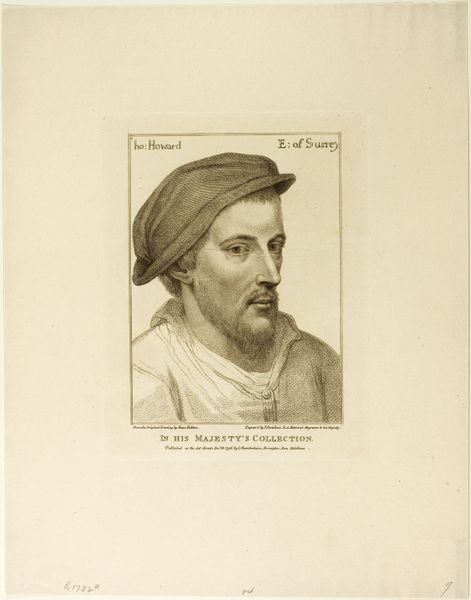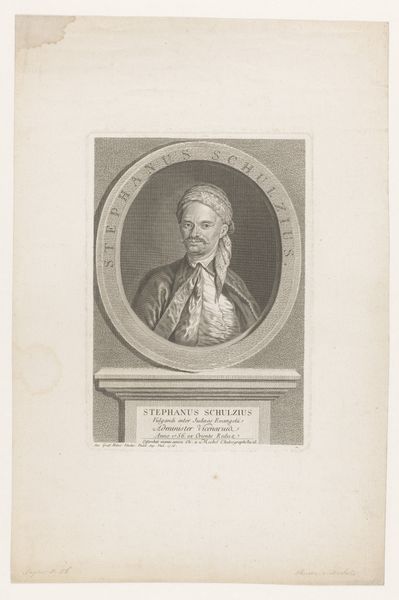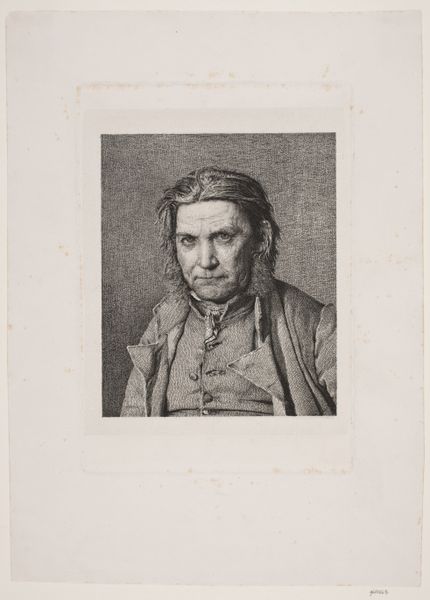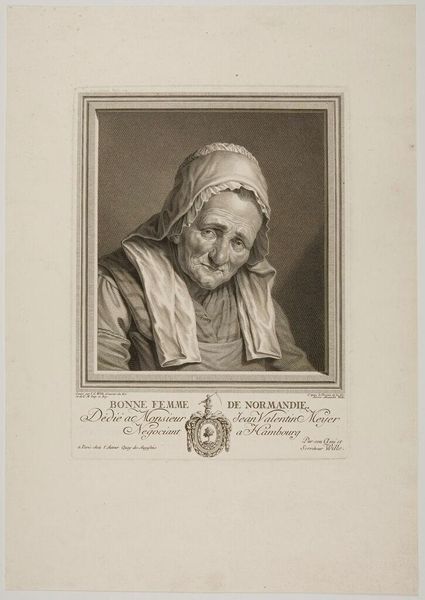
print, engraving
#
portrait
#
neoclacissism
# print
#
old engraving style
#
historical photography
#
portrait drawing
#
history-painting
#
engraving
Dimensions: height 100 mm, width 89 mm
Copyright: Rijks Museum: Open Domain
Ernst Ludwig Riepenhausen created this engraving of Frederik Willem van Brunswijk-Lüneburg-Oels. The portrait bust gives us a glimpse into the visual culture of early 19th century Europe. Note the highly stylized, idealized features and the inclusion of honorific symbols of nobility. These emblems underscored the sitter's elevated status, reinforcing a rigid social hierarchy. Consider the context in which this image would have circulated. Engravings like this one served as tools of propaganda, disseminating idealized representations of power and authority. The image participates in a carefully constructed performance of sovereignty. To fully understand the role of this image, we can consult primary source documents to deepen our understanding of the man himself, and consider the political events he was caught up in. By investigating the institutional and social histories that shaped its creation, we recognize the power of art to reinforce or challenge prevailing social norms.
Comments
No comments
Be the first to comment and join the conversation on the ultimate creative platform.
